THE ANTICHRIST (1974)
A paralysed woman becomes possessed by the Devil when a hypnosis session (intended to heal her disability) awakens memories of her past life as a witch.
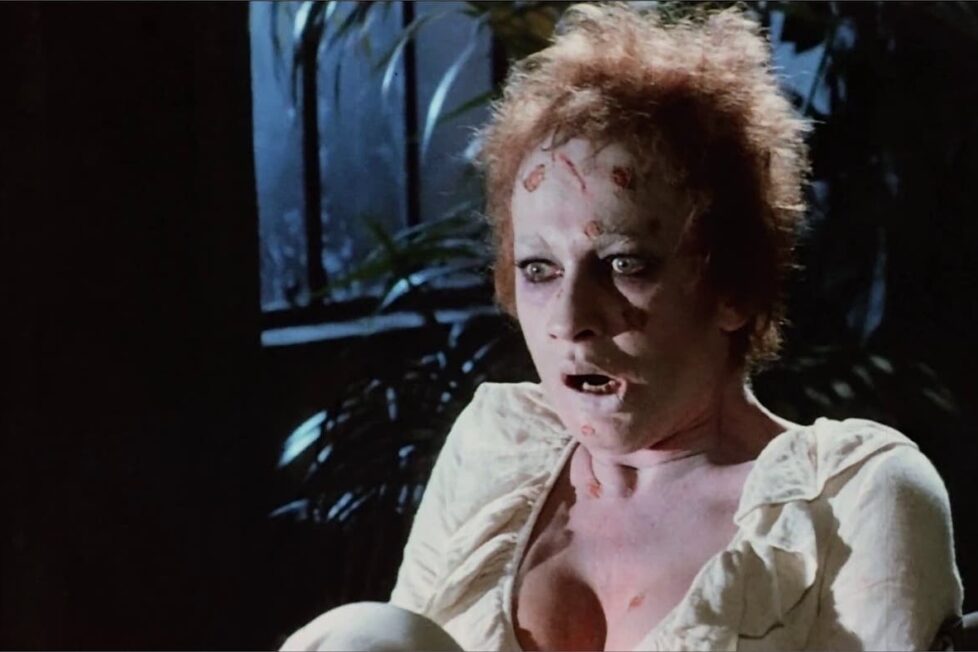
A paralysed woman becomes possessed by the Devil when a hypnosis session (intended to heal her disability) awakens memories of her past life as a witch.


The 1970s and 1980s were decades of new and exciting horror that pushed the boundaries of cinema, but they were also full of cheap imitators. These emulators were the work of smash-and-grab producers, working quickly and remorselessly to cash in on recent box office successes. For every Alien (1979) there was a Contamination (1980); for every Jaws (1975) there was The Last Shark (1981). And in 1975, The Exorcist (1974) brought forth The Antichrist / L’anticristo. It fits the mould of the aforementioned films—each made within a few years of the source material, and each made by Italian filmmakers.
That Italian-ness makes particular sense for The Antichrist (also known as The Tempter)—a story about religious fervour and devilish possession is a perfect fit for a largely Catholic country. But The Antichrist is a film of borrowed images. It’s more concerned with repurposing familiar horror iconography (of making audiences remember better films) than it is with delving into a national fear.
The film begins on an unsettling gathering around a likeness of the Virgin Mary. Crowds of desperate worshippers beg for healing and absolution, among which we meet Ippolita (Carla Gravina). She’s been in a wheelchair since a childhood car accident, though it’s revealed that her inability to walk is purely psychosomatic. Director Alberto De Martino keys into an air of sickness in these scenes, represented in one man with green slime coming from his mouth. Setting the film’s tone, it’s equal parts disturbing and silly…
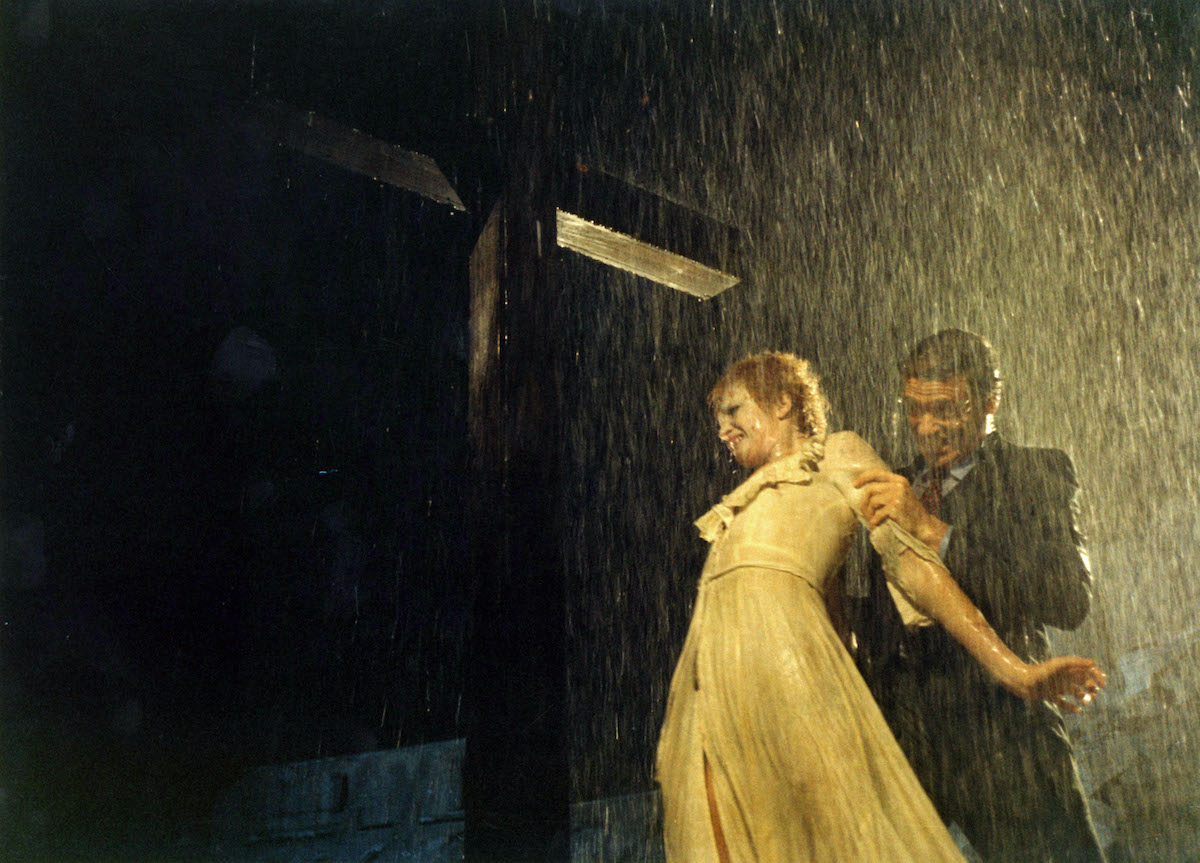
In this opening, we’re also introduced to a few elements that will recur throughout the film. We hear Ennio Morrcione’s sparse and eerie violin score, and Vincenzo Tomassi’s jarring editing rhythm is highlighted in some effective jump cuts. And perhaps most importantly, the seriousness with which religious salvation is treated is at the forefront. A seemingly possessed woman is dragged to the Virgin Mary and miraculously saved after touching the statue. Soon after, another possessed man spits at her, breaks free, and runs outside, where he jumps to his death from a nearby cliff.
Religion is life and death stuff here, to embrace it will save you, but to deny it will drive one to madness. If that comes across as antiquated, as if they’re outdated fears, then consider the fact one of the biggest horror franchises of recent years—The Conjuring saga—is predicated entirely upon the iconography of the church, and its supposed power above all else. The delivery system may have changed, but conservative fears are the same.
Back home in an elegant mansion, we begin to get an idea of who Ippolita is. She lives with her father, Massimo (Mel Ferrer), upon whom she relies heavily—both emotionally and physically. Carla Gravina is unsettling as Ippolita and brings an intense vulnerability to a thinly sketched character. De Martino defines her by her disability. She longs to be free from her wheelchair and to find someone who loves her. “No one has ever taken an interest in me,” she sighs. But there’s little else to her than this… and worse is a suggestion the wheelchair has infantilised her.
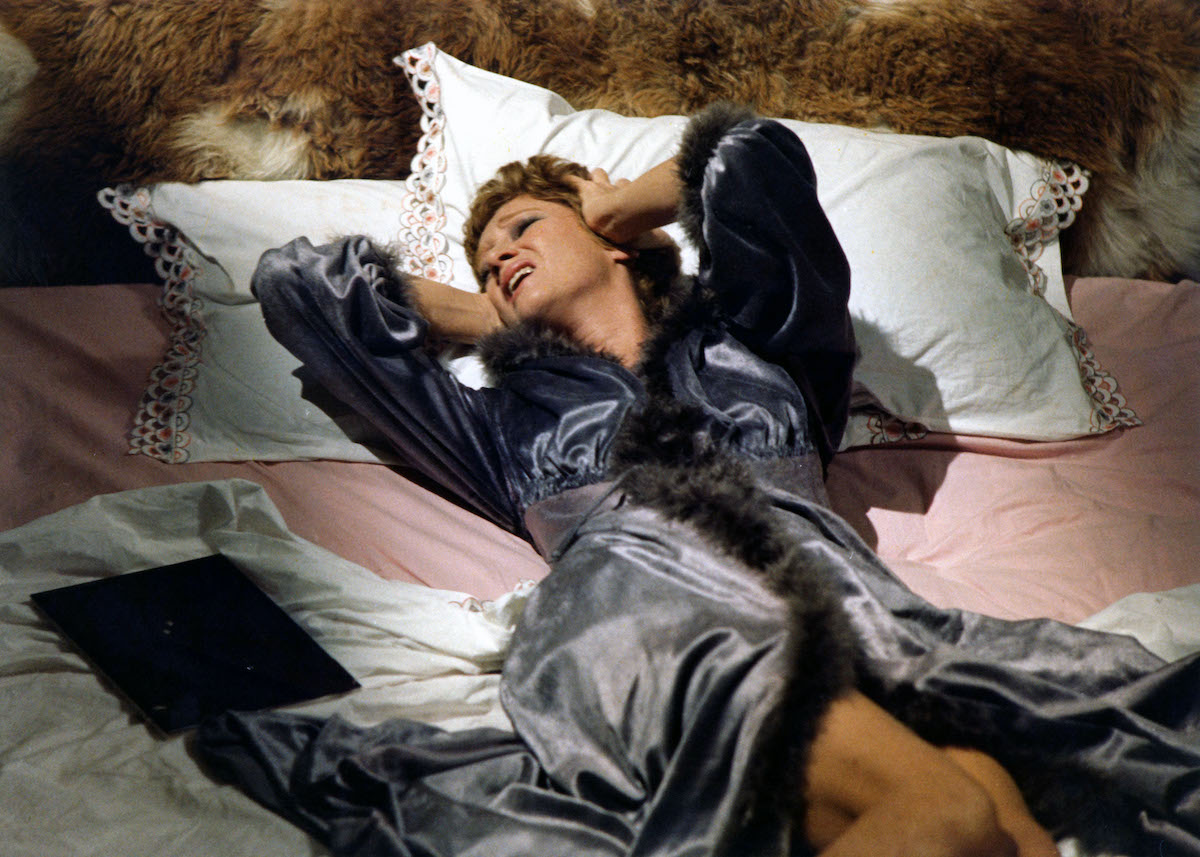
When her father begins dating a journalist named Greta (Anita Strindberg), Ippolita’s petulant jealousy rears its head. Perhaps the artificiality of the sets contributes to this, but it all begins to feel like a soap opera. The lighting throughout is bright, even, and without atmosphere, while the expressiveness of the performances lack nuance. The melodramatic trappings aren’t helped by the film’s lack of awareness about how silly it all is… particularly when the hypnosis sessions begin.
In these sessions, Ippolita hopes to unlock memories that will help her learn to walk again. Perhaps she feels a deep-seated guilt for having survived the accident, while her mother didn’t. This, ultimately, is irrelevant, because the real focus of the sessions becomes an accidental past-life regression, in which Ippolita sees visions of an ancestor. This ancestor (also played by Gravina) just so happened to be a witch, burned at the stake by an inquisition but not before she could enter a pact with Satan.
While the bulk of the ‘flashback’ scenes are underwhelming, one fantasy sequence, in which Ippolita recalls the ‘pact’ between her ancestor and Satan, is visually stirring. Here, De Martino creates a sort of Boschian garden of dying trees and smoke. Bodies writhe in the undergrowth, while the lighting creates contrast and shadow that reveals new details each time it’s looked at. The scene culminates in a disturbing ritual of blood and sex, in which her ancestor (also named Ippolita) becomes “the daughter of Sata.” It’s a truly disturbing scene, and perhaps the only one in the film in which De Martino manages to effectively portray the surrealism and darkness that should be inherent in a story such as this. By contrast, the rest of the film has barely a hint of atmosphere.
After this regression, Ippolita finds she can walk intermittently. The psychiatrist, Dr Marcello (Umberto Osini), is pretty easily sold on the idea that Ippolita is experiencing a “reincarnation phenomenon”. “In other words,” he says, “the personality of a dead person is present in someone else.” It doesn’t sound much like the diagnosis of a psychiatrist, but this is a religious horror film, and even the people of science can be easily persuaded of witches and devils. Still, it takes time for concern to come about—it shouldn’t be long before she’s processed the trauma of her ancestor, the doctor claims.
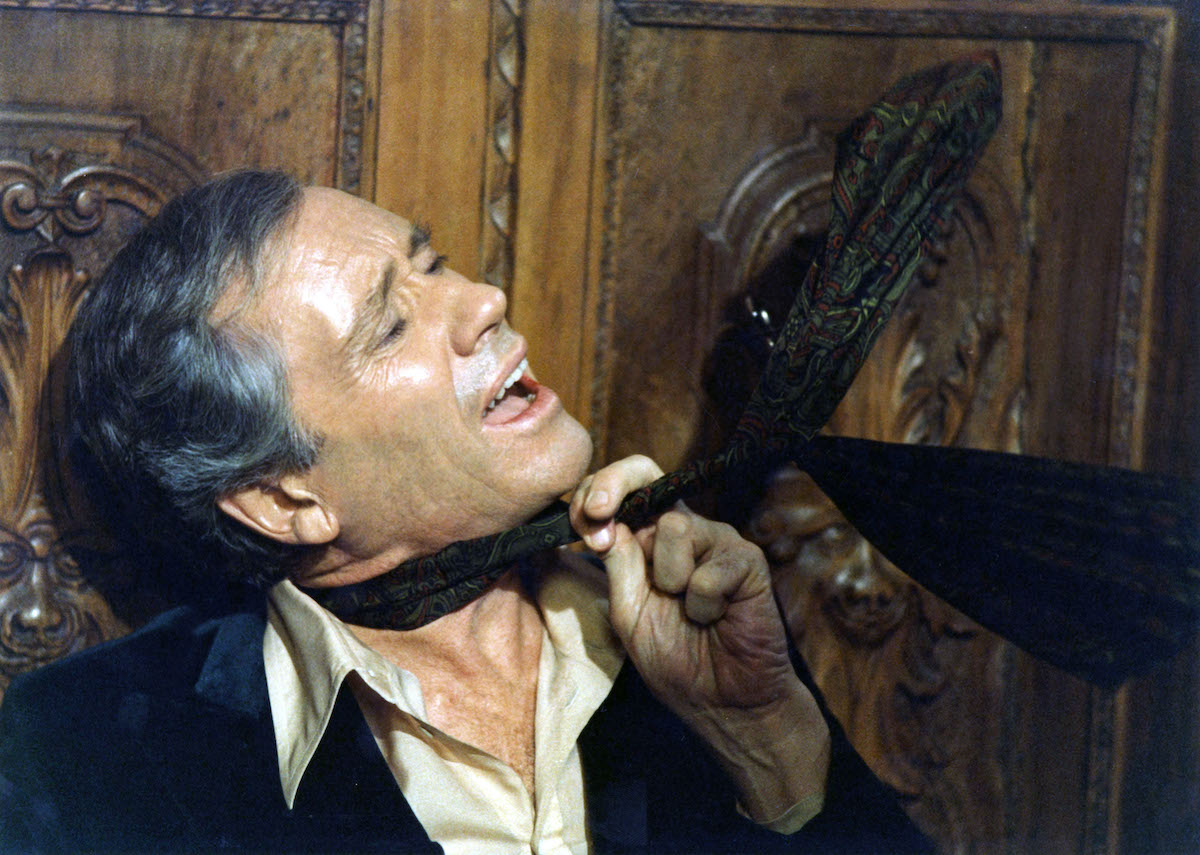
It all feels strangely casual; as if what Ippolita is going through is a mild inconvenience rather than a mind-boggling foray into metaphysics and the occult. Dr Marcello even goes so far as to say that these are very common occurrences, “especially in psychic subjects like Ippolita”. Oddly, it’s agreed upon by all that she’s psychic, and this highlights one of the fundamental flaws of The Antichrist: there’s no challenging of beliefs on display. And because of this, there’s a lack of tension over what is happening. Like the relatively simplistic Conjuring films, things just happen... but they’re real and need not shake your belief in anything, especially when you’ve got God on your side.
Compare this with The Exorcist and one begins to notice the deficit of sophisticated ideas in something like The Antichrist. What makes The Exorcist so compelling isn’t the violence and the shocking images, but the tortured humanity on display as both religious and atheist characters try to reckon with unfathomable tragedies. They undergo a recalibration, their beliefs rocked to the core. Films like The Omen (1976) and the underrated The Last Exorcism (2010) found ways to further incorporate religious beliefs, superstition and the occult into similar frameworks. But The Antichrist doesn’t wrestle with anything, and the promise of seeing something as striking as the flashback scene again is squandered in an unsurprising and derivative second half.
Seemingly possessed now by the spirit of her ancestor and/or Satan, Ippolita can walk, perform telekinesis, and now speaks in a gruff male voice. She begins to vomit up what looks like pesto and sneaks away to the catacombs, where she seduces and kills a tourist by—you guessed it—twisting his head backwards! Back home, her family can only watch as she succumbs to her demonic possession. It’s perhaps unfair to be harsh about the special effects of a film nearly 50 years old, but the image of Ippolita ‘levitating’ is unintentionally hysterical, and none of her other newfound powers are any more impressive.
De Martino severely misunderstands the idea of escalation in horror, and Ippolita’s possession symptoms all seem to happen simultaneously and without much fanfare. Particularly frustrating is the fact we haven’t been given much reason to care about her in the first place, so her downfall is not emotionally troubling in the way it should be. Still, fundamentally, what a possession story should be (one trying to rip off The Exorcist, anyway) is theatrical and filled with tricks. There’s a sleight-of-hand magic to The Exorcist that makes every money shot truly confounding and upsetting. The Antichrist only has this in very brief flashes.
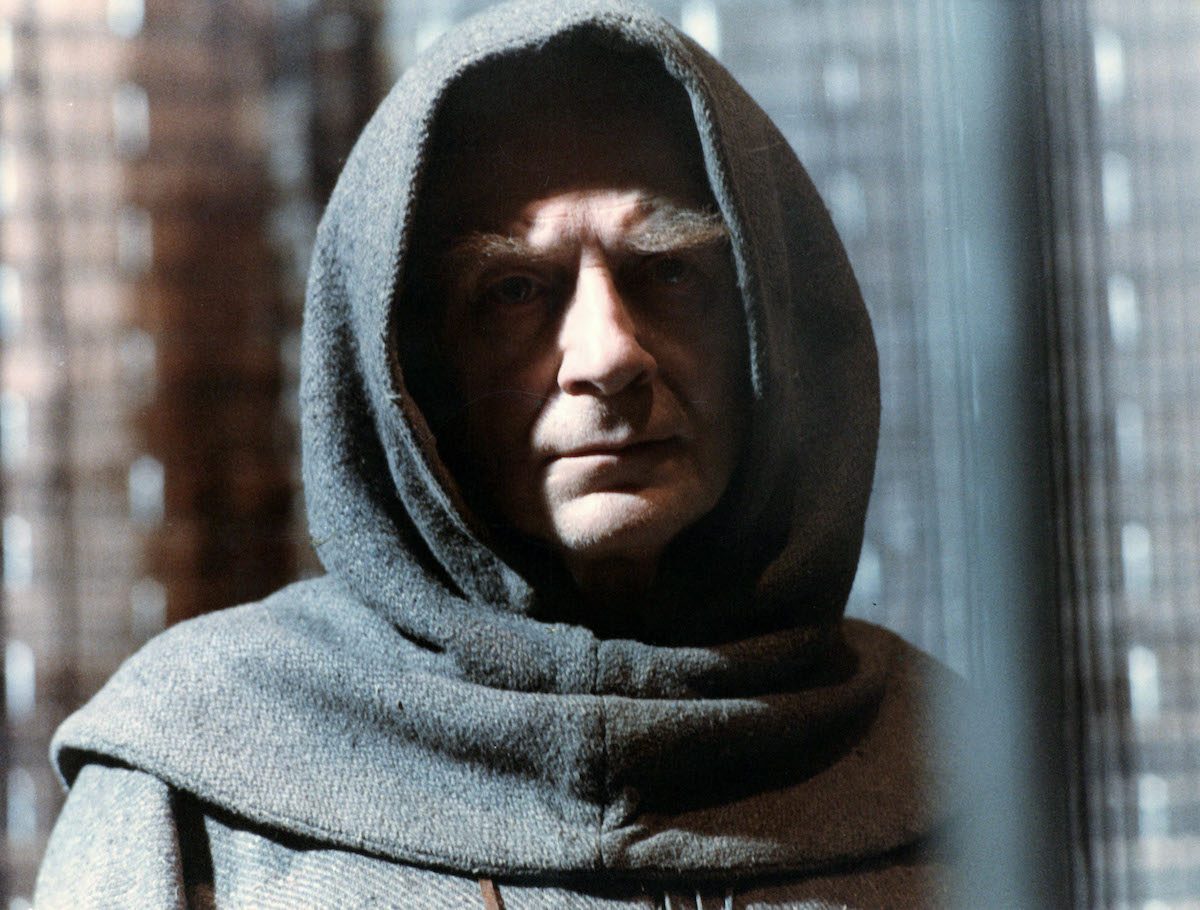
De Martino utilises further jump cuts and one can only assume a gigantic wind machine to some effect, but it’s Gravina’s commitment to looking utterly possessed that gives these scenes any heft. She goes full-throttle in the final half hour, with decent makeup work adding to a purely physical and malevolent performance.
But aside from being derivative, The Antichrist doesn’t have the temerity to be truly blasphemous or shocking. By playing into well-worn tropes and familiar images, it instead feels oddly safe and conservative. Its mission is to shock but it never builds enough nerve to get there. It’s worth remembering that 1974 was the year of The Texas Chain Saw Massacre, Black Christmas and Deathdream—distinctly modern and terrifying horror films that played on relevant cultural fears and paved the way for imitators of their own. They each leave The Antichrist feeling like a relic.
This is a film in which it’s casually mentioned that The Pope recently ‘proved’ the Devil exists, and not one character questions this. It’s a film that regurgitates shocks from an earlier film and expects us to be surprised again. It would all be tolerable if The Antichrist had more fun with itself, or indulged in some real down-and-dirty shocks… but its air of seriousness drags everything down.
Films like The Burning (1981) and Sleepaway Camp (1983) rank amongst my favourite horrors, and both shamelessly rip off Friday the 13th (1980)—which itself cashed in on Halloween (1978). A great deal of horror is built upon what came before, and most horror fans agree there’s often just as much joy to be had in an unauthorised ‘homage’ as there is in the work they reference. It would be pointless to chastise The Antichrist for seeking an easy payday by following William Friedkin’s footsteps. Instead, it’s the film’s lack of nerve and spirit that diminishes it, as well as its refusal to try anything even remotely original in the undertaking. If the Antichrist is really in this film, then he’s gotten pretty unimaginative in his old age.
ITALY | 1974 | 112 MINUTES | 1.85:1 | COLOUR | ITALIAN

This 1080p Blu-ray release of The Antichrist is solid. It isn’t a particularly gorgeous-looking film, but there are no faults with the transfer. Film grain looks natural and healthy, and in the scenes that delve into the surreal, the colours are vivid and striking. A 4K Ultra HD release might have made these scenes pop, but Blu-ray suffices.
The sound mix has a tendency to sound a little tinny and harsh here and there, but it’s strong for the most part—particularly when Morricone’s score is at the front of the mix.

director: Alberto De Martino.
writers: Gianfranco Clerici, Vincenzo Mannino & Albert De Martino.
starring: Carla Gravina, Mel Ferrer, Arthur Kennedy, George Coulouris, Alida Valli, Umberto Orsini, Anita Strindberg & Remo Girone.
